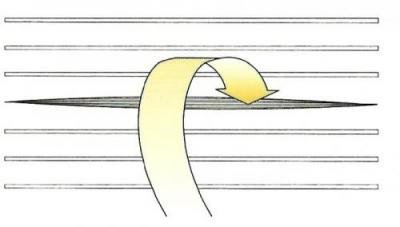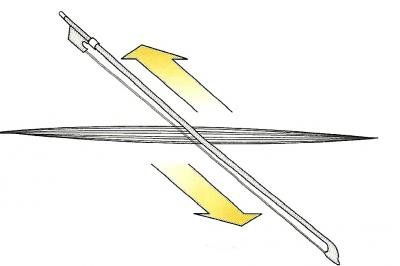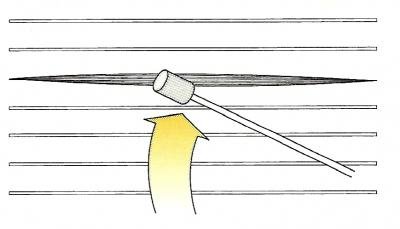String Instruments are those whose sound is produced by the vibration of a string stretched between two points.
The longer, looser, and denser the string, the deeper the sound, and vice versa. The number of strings in this family varies widely, from a single string, as in the “berimbau”, to more than forty, as in the harp.
A Bit of History...
Stringed instruments have been used in music for thousands of years and were present in Greek, Roman, and Eastern civilizations.
This family of instruments is highly diverse and can be played in various ways. They are used in solo performances, chamber music ensembles, and orchestras, among others. The most famous instrument in this family is the violin, considered one of the most significant in Western music.
How do they work?
There are three main techniques used to produce string vibration: plucking, bowing, and striking.
Plucked String Instruments
The sound is produced by the vibration of the string after being plucked with the fingers or a pick.

Plucked string instruments being played
Bowed String Instruments
The sound is generated by rubbing a bow against the strings, setting them into vibration. The bow consists of a wooden rod that holds a bundle of animal hair under tension.
Instruments in this category typically have an hourglass-shaped wooden body with two f-shaped holes on the top, a fretless neck, and four strings. Their primary difference is their size, which directly affects the sound they produce.

Bowed string instrument being played
Struck String Instruments
The sound is produced when a mechanism strikes the strings, causing them to vibrate.

Struck string instruments being played
Instruments
Support See Instrument
Musica Brasilis
To keep Brazilian music alive, the Institute relies on the support of various collaborators. Faça part.